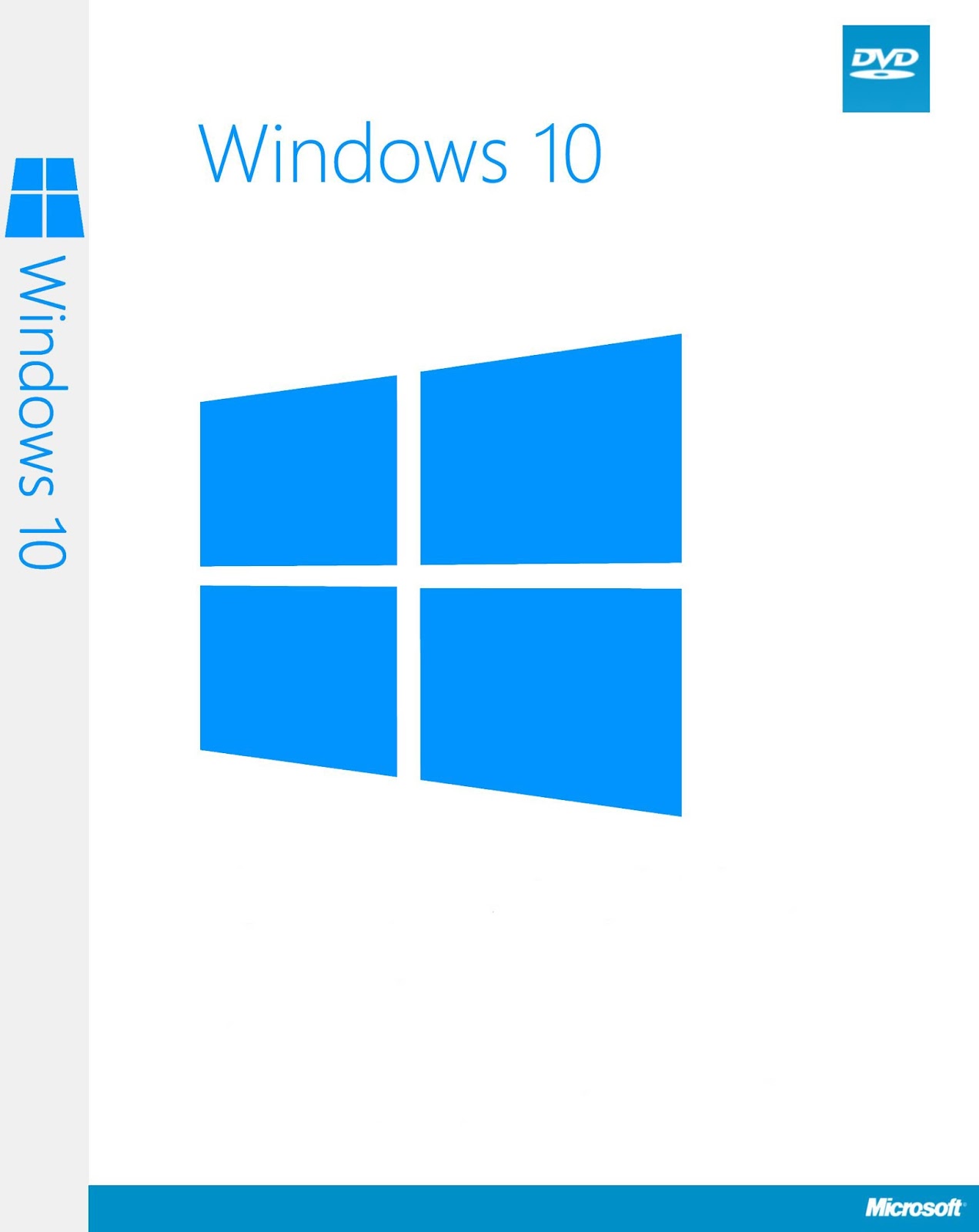

If you want to change the version above with new alternatives, execute the following command: $ sudo alternatives -config javaĪ list of installed Java versions is displayedĪfter running the above command, a list of installed Java versions will be displayed on the Terminal. If there are multiple versions of Java installed on CentOS 8, in this case, you can use the default version of Java (that is, when you type java on Terminal, which version will be used as the default) like after: $ java -version
#Install openjdk 11 centos install
You can also install headless versions of Java 8. To install Java 8, you need to execute the following command: $ sudo dnf install java-1.8.0-openjdk-develĪfter completing the installation of Java 8, you can now verify it by checking the version information as follows: $ java -version OpenJDK 8 is also a commonly used version.

The default CentOS 8 repository contains the latest two major versions of Java LTS, Java 8 and 11. Similarly, you can install OpenJDK 8 on your system. Install the headless OpenJDK 11 version on the system You need to type the following command to install only Headless OpenJDK 11 version on the system: $ sudo dnf install java-11-openjdk-headless Better headless version for server applications. You can also install a headless Java version on CentOS 8, which supports the minimum Java runtime required for application execution, without the use of a GUI (i.e. Step 2: Install OpenJDK via yum yum install java-11-openjdk-devel. Step 1: Get your machine ready with the latest package repository yum update. Apache Ant 1.7.0 or later Installing WSO2 API Manager on CentOS Installing the pre-requisites: Installing OpenJDK 11 on CentOS. For this purpose, you need the following command: $ java -versionĪt this stage, Java has been successfully installed on the CentOS 8 system. For WSO2 version 4.0.0, you need OpenJDK version 8, 11. You should see the Complete status displayed for the installation of OpenJDK 11 on the TerminalĪfter installation is complete, you can now verify Java installation by displaying the installed Java version. You should see the Complete status displayed for the installation of OpenJDK 11 on the Terminal. Given that Oracle will be charging for their version of Java 11 come January 2019, this will become a big issue soon. Click Y, and then click Enterto allow the installation of Java packages on the system. Does anyone have information about the release schedule for openJDK 11 I know it comes from Redhat, but you need an active support account to even read their notice (which I do not have). You will run the following command to install OpenJDK11 on CentOS 8 system: $ sudo dnf install java-11-openjdk-develĭuring installation, a confirmation prompt from the user will be displayed on the Terminal. Some Java-based applications may need a specific version of Java, so in this situation, you need to read the application documentation first. The best way is to install the latest Java version JDK 11.


 0 kommentar(er)
0 kommentar(er)
